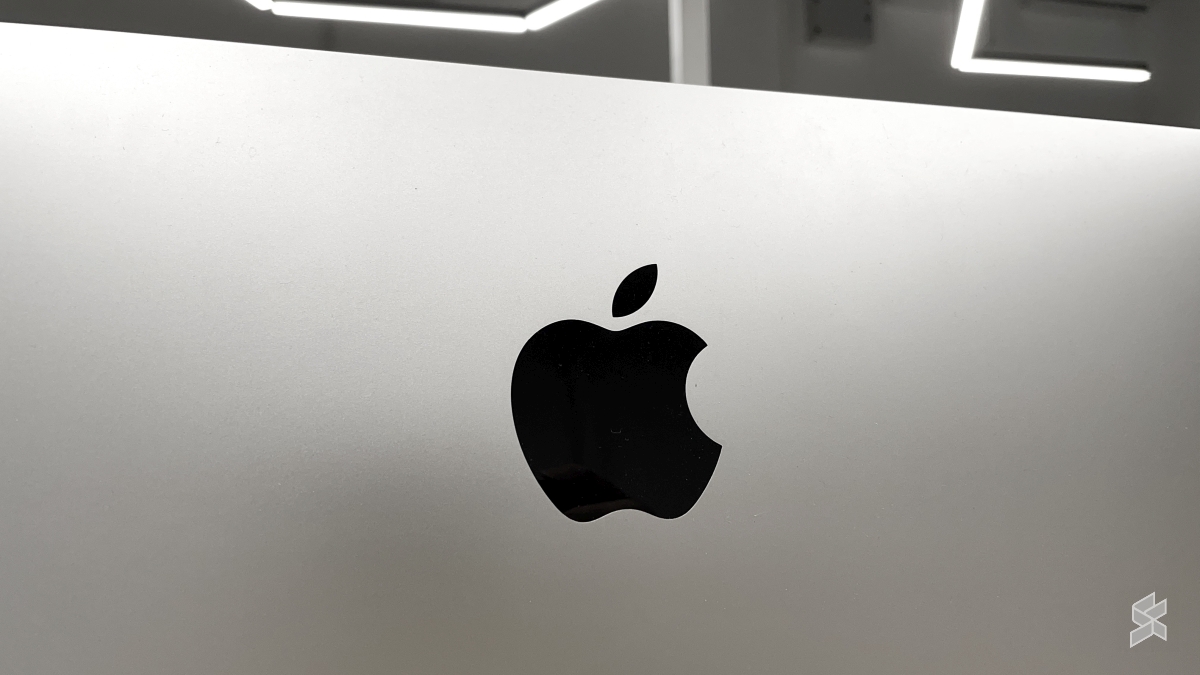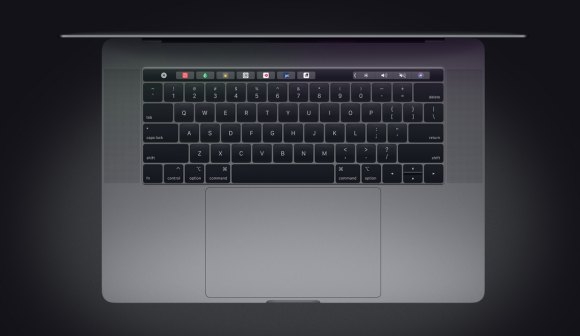Apple‘s butterfly keyboard design has been a controversial one, to say the least. Introduced back in 2015 on the 12″ MacBook, it was supposed to take less space than the previous, more conventional scissor switches. However, users began to complain about a number of issues with the keyboard—most notably, that accumulated dust caused issues for the new keyboard.
Despite a number of incremental improvements over the next two years, the Cupertino-based company abandoned the idea for the scissor switch-based Magic Keyboard on the 2020 MacBook Pro—to everyone’s relief. However, a lawsuit was filed back in 2018, and now, a judge in California has just certified the class action lawsuit against Apple for the purportedly faulty keyboard design.
This is of some significance, with the class certification process being a crucial step in getting a class action lawsuit to trial. If the class is not certified, the case is dismissed, and things end there. However, now that the certification process is finished, the case will move onto the pre-trial stage as a full-blown class action lawsuit.

Who is involved?
Besides Apple (who are obviously the respondents), the class now includes anyone who purchased an Apple MacBook using the butterfly keyboard design across seven states: New Jersey, Washington, Florida, New York, Michigan, California, and Illinois. These involve the following devices:
- MacBook (2015–2017)
- MacBook Pro (2016–2019)
- MacBook Air (2018–2019)
The premise of the action against Apple is that they knew that the butterfly switches were faulty—and that updates and revamps weren’t going to fix it in a permanent way. As reported by The Verge, an executive even likened upgrades to the butterfly keyboard to putting “lipstick” on “this pig”, which was “still ugly”.
As such, Apple has been accused of infringing on a number of state laws (across seven states), including the Unfair Competition Law in California and the Michigan Consumer Protection Act. In response, the Cupertino-based company argued that the action shouldn’t cover the multiple versions of the butterfly design as a class action—although the plaintiffs won out by referring to the same, fundamental design flaw of the butterfly keyboard used across multiple generations and devices.
“None of the design differences that Apple points to changed the tight spaces between the keys, nor the low-travel aspect of the design,” the order reads. Apple will have to argue later, in court, that these basic features didn’t actually make the design unreliable — and that it didn’t spend years knowingly making defective keyboards.”
[ SOURCE ]








